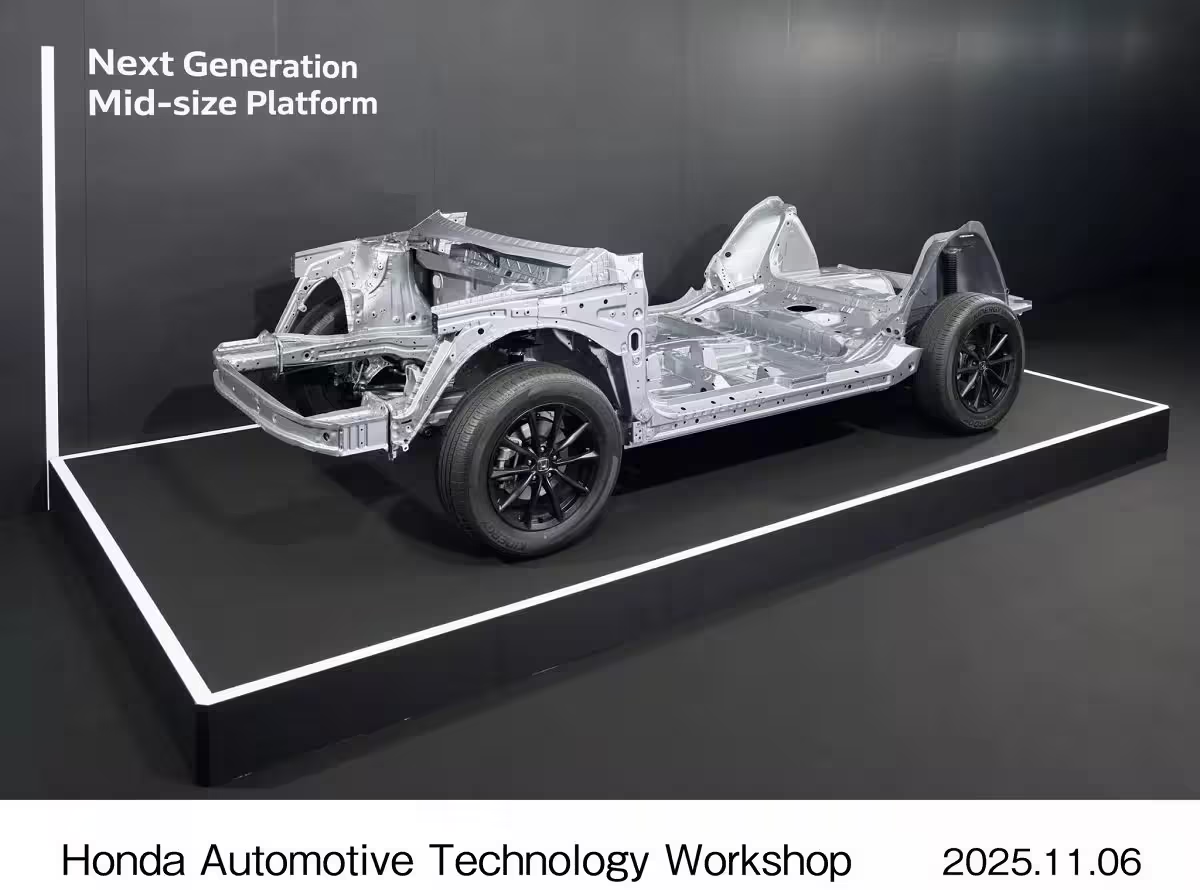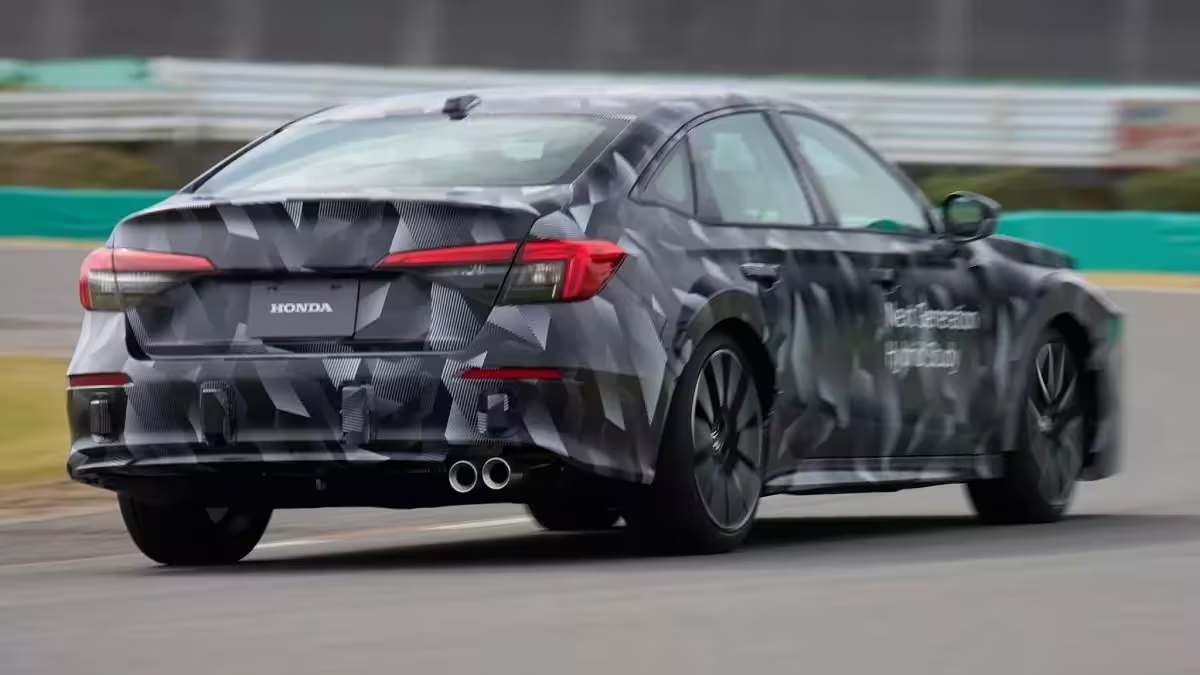4 Minutes
Honda reveals updated hybrid platform for Civic, CR-V and more
Honda has published fresh details about the next-generation platform that will underpin a wide range of its upcoming hybrid models. The new architecture is set to support Civic, CR-V, HR-V, Accord and several other models, with engineering focused on improved chassis rigidity, lighter weight and better driving dynamics—changes that will also feed directly into the company’s future electric vehicles.
Stronger, lighter, more efficient
Engineers report the revised platform reduces vehicle mass by about 90 kilograms compared with the current architecture. That weight saving, paired with increased structural stiffness, targets sharper handling and improved stability—benefits drivers will notice in cornering, steering response and overall confidence on varied road surfaces.

Honda is also introducing a new motion management system aimed at refining stability and steering feel. Together with an upgraded agile handling assist, the system is designed to deliver a smoother, more controlled ride across urban streets and open highways alike.
Scalability and cost efficiency
A key commercial advantage of the updated platform is parts commonality: Honda expects more than 60% of components to be shared across different models. This higher degree of modularity simplifies development, reduces production complexity and lowers costs—critically important as automakers scale hybrid and electric lineups.

Highlights:
- Roughly 90 kg weight reduction vs. current platform
- Over 60% parts sharing across models
- New motion management and improved handling assist
What we saw: a masked next-gen Civic prototype
On test mules the next Civic shows itself wearing a current-generation body with clear revisions. The front end appears bulkier with a boxier bumper, longer overhangs and broader fender extensions that hint at a wider track. Hood elements look optimized for aerodynamics, while the rear keeps a familiar Civic silhouette but features twin exhaust outlets on the prototype—likely signaling the hybrid powertrain layout.
Powertrain and tech borrowings
The expected hybrid setup pairs a 2.0-liter petrol engine with electric motors, similar to Honda’s recent hybrid strategies. The new Civic sedan will also borrow software-driven features from sportier models: notably the S+ Shift artificial gear-change system. By simulating gear changes through engine sound and tailored drive programming, S+ Shift enhances driver engagement even without a conventional gearbox.

That same simulated-shift technology is coming to the Super-One EV city hatchback showcased at Japan Mobility 2025. Super-One offers a seven-speed S+ Shift mode, active sound control and a boost driving setting. Built on an evolved lightweight platform derived from Honda’s kei-series N vehicles, it uses a widened body and an underfloor battery pack for improved interior space and packaging.
Super-One launch plans point to Japan first in 2026, followed by markets in the UK, Europe and parts of Asia.
Long-term vision
Beyond new products, Honda is framing this platform work within broader sustainability and safety goals. The company aims for zero emissions across its manufacturing and product lineup by 2050 and continues to pursue the goal of eliminating fatalities in crashes involving Honda motorcycles and cars. The new modular hybrid platform is an important technical step along that path—helping the brand balance performance, efficiency and safety as it transitions toward electrification.
"This platform is about making hybrids and EVs more enjoyable and more practical," said an engineer involved in testing. "Lower weight, better stiffness and smarter controls mean the next Hondas can be both efficient and engaging to drive."
For buyers and enthusiasts, the new architecture promises improved handling, a lighter driving feel, and technologies that bring sport-car-like engagement to everyday hybrids.


Leave a Comment